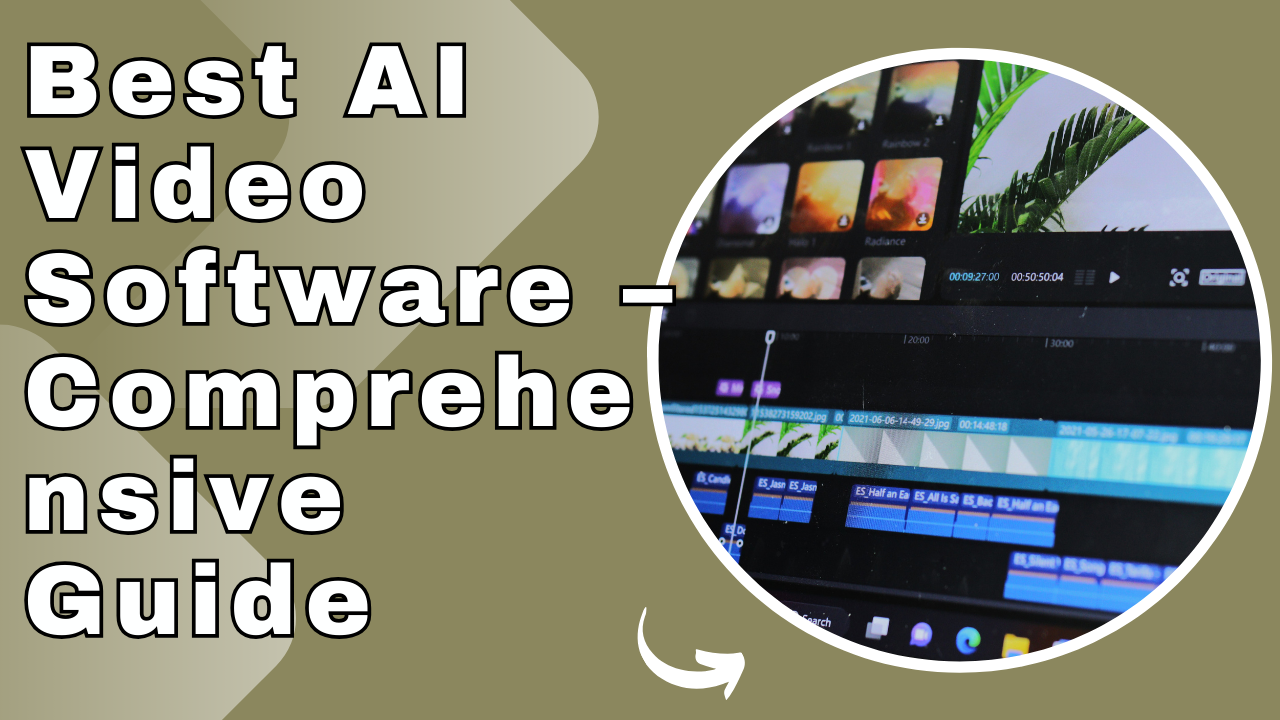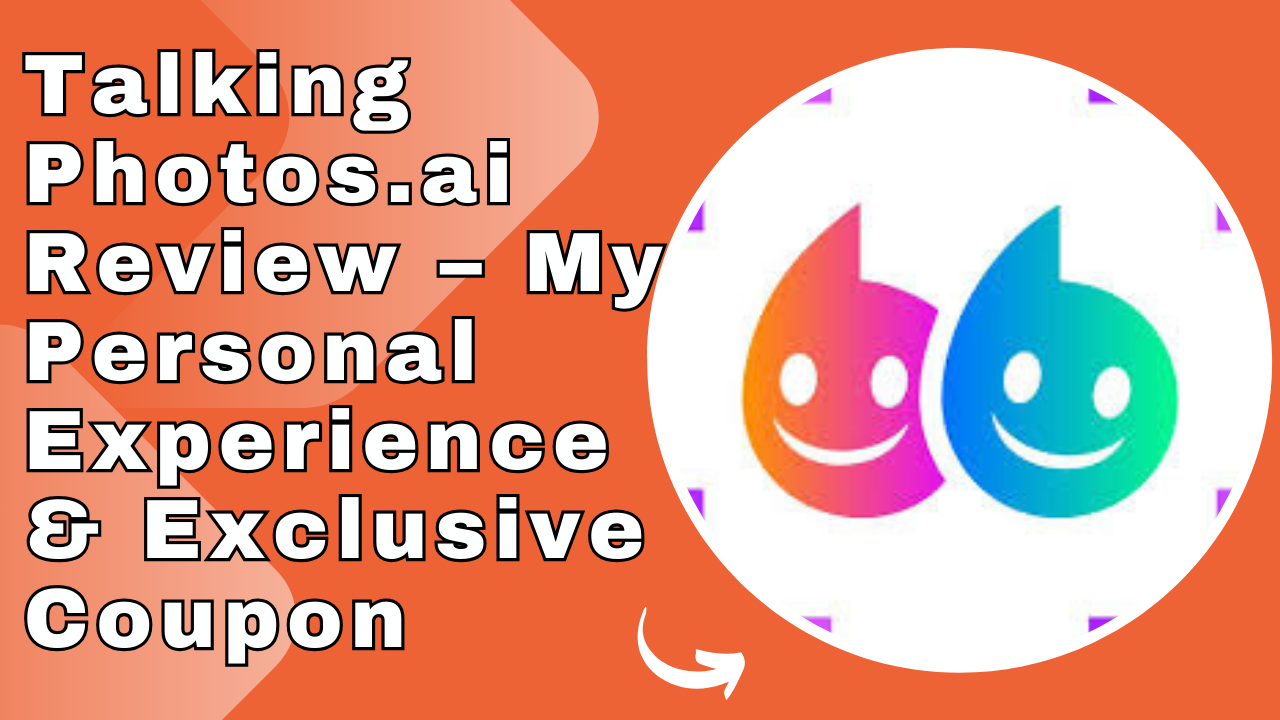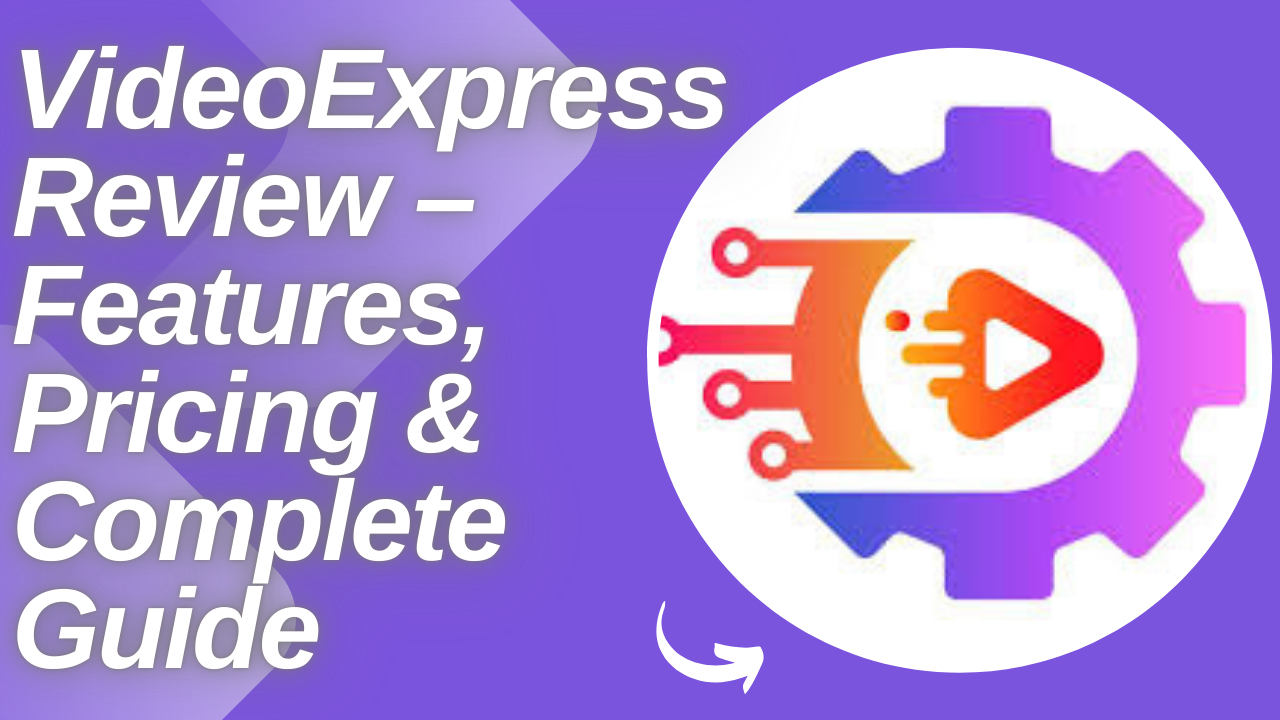My name is Viraj Haldankar, and I’ve been working as an SEO Manager for the past several years, helping businesses grow their visibility online. Over time, I’ve had the privilege of working with 150+ local clients, and one thing has been consistent across all industries—from restaurants and gyms to clinics and service providers: ranking on Google Maps can transform a business overnight.
When a potential customer searches for “best dentist near me” or “digital marketing agency in Navi Mumbai”, the first results they see are not just websites—they’re the Google Maps 3-Pack listings. This small section of search results often drives the highest number of calls, inquiries, and footfalls for local businesses.
In my journey, I’ve seen clients go from struggling for visibility to receiving daily leads and walk-ins, simply because their business appeared in the top 3 Google Maps results. That’s why I call Google Maps SEO a true game-changer for local businesses—it’s where real customers are searching with buying intent, and ranking here means you’re in the right place at the right time.
Why Google Maps SEO Matters
When we talk about local SEO, nothing is more powerful than Google Maps optimization. Why? Because it connects your business directly with customers who are actively searching nearby.
📊 Quick Stat: Research shows that 70%+ of “near me” searches result in an offline visit within 24 hours. That means if your business appears in the Google Maps 3-Pack, you’re in front of customers who are ready to take action—whether it’s a call, a booking, or a store visit.
The Google Maps 3-Pack—those top three listings under the map—attracts the majority of clicks. If your business isn’t visible here, your competitors are taking the leads that should be yours.
A Real Example from My Experience
In my experience managing local SEO for 150+ businesses, I’ve seen firsthand how powerful Google Maps can be. For example, one local service provider was ranking outside the top 10 on Maps and barely getting inquiries. After I optimized their Google Business Profile, improved citations, and helped them collect authentic reviews, they moved into the top 3 for their main keyword.
The results were remarkable: calls increased by 40% and walk-ins nearly doubled within two months. No big ad spend, no complicated campaigns—just smart Google Maps SEO.
This is why I often tell business owners: If you’re not in the Maps 3-Pack, you’re invisible to a huge chunk of your potential customers.
My Proven Process for Ranking Clients
Over the years, after working on 150+ local projects, I’ve refined a simple but highly effective 5-step framework for ranking businesses on Google Maps. This isn’t theory—it’s what I’ve tested, improved, and applied across multiple industries.
What I’m about to share is the exact process I use to consistently push my clients into the Google Maps 3-Pack and help them generate real calls, leads, and foot traffic.
Here’s a quick teaser of what you’ll learn in the coming sections:
✅ Google Business Profile Optimization – Why 80% of businesses miss the basics.
✅ Local Citations & NAP Consistency – How to build authority without confusion.
✅ Reviews & Reputation Building – The trust signal that drives conversions.
✅ On-Page Local SEO – Linking your website with Maps for stronger rankings.
✅ Ongoing Signals – Engagement, posts, and updates that keep you in the 3-Pack.
Each step plays a key role, and when done together, they create unstoppable momentum for local visibility.
Optimize Google Business Profile (GBP)
The first and most crucial step in Google Maps SEO is optimizing your Google Business Profile (GBP). From my experience working with 150+ local businesses, this alone can make the difference between invisibility and appearing in the coveted 3-Pack.
How I Audit a GBP Profile
When I audit a client’s GBP, I check for:
Correct business name, address, and phone number (NAP)
Accurate categories that match what customers search for
Complete business description that naturally includes main keywords
Up-to-date hours, photos, and services
Verified location & map pin
Even small errors in categories or missing images can drastically affect your ranking. That’s why I always start with a detailed audit before making any changes.
Importance of Correct Categories & Business Description
Google relies heavily on categories and business description to understand what your business offers. Choosing the most relevant category ensures your listing appears in the right search results. Similarly, a well-written description with local keywords helps Google match your business to nearby search queries.
Example from My Experience
I once worked with a local dental clinic that was struggling to get visibility. After carefully selecting the right categories, updating their services, and adding high-quality images of the clinic, they moved from outside the top 10 to ranking in the top 3 on Google Maps for “dentist near me” searches in their area.
This shows how even small improvements in your GBP can yield significant results in terms of calls, appointments, and local traffic.
Local Keyword Research That Actually Works
Finding the right keywords is the backbone of Google Maps SEO. Many businesses focus on generic keywords and miss out on high-intent local searches that bring real customers. Over the years, I’ve developed a system to uncover these hidden gems—keywords people actually use when searching “near me” or specifying a location.
How I Find Hidden “Near Me” Keywords
The process starts with understanding how your customers search:
Common phrases like “near me,” “closest,” or “in [city/area]”
Service-specific searches like “affordable physiotherapist in Thane”
Local long-tail keywords that competitors are missing
I combine manual search insights with data-driven tools to discover terms that have high search volume but relatively low competition.
Tools I Personally Use
Google Keyword Planner – For basic search volume and competition insights
SEMrush – To see which keywords competitors are ranking for
People Also Ask / Google Suggest – To find real search queries that users type in naturally
These tools help me build a comprehensive keyword list that covers all possible ways potential customers might search for a local business.
Real Example from My Experience
For one local client—a digital marketing agency—the generic keyword “digital marketing agency” was too competitive. By targeting a location-specific long-tail keyword, “best digital marketing agency in Navi Mumbai,” we were able to rank on the first page of Google Maps. This resulted in a steady flow of inquiries from clients actively searching for services in their area, demonstrating the power of precise local keyword research.
Key Takeaway: Focus on long-tail, location-specific keywords. They may have lower search volume but often convert better, bringing ready-to-buy local customers straight to your business.
On-Page SEO with Local Intent
Once you have the right keywords and a fully optimized Google Business Profile, the next step is on-page SEO tailored for local searches. Many businesses underestimate this, but Google looks at your website to confirm your relevance for location-based queries.
Optimizing Title Tags & Meta Descriptions
Every page on your website should include location-specific keywords. For example:
Title tag: “Best Italian Restaurant in Andheri – [Business Name]”
Meta description: “Enjoy authentic Italian cuisine in Andheri. Visit [Business Name] for pizza, pasta, and more. Reserve your table today!”
Using local intent in these elements signals to Google that your website is relevant to nearby searchers, which complements your Maps listing.
Creating Location-Based Landing Pages
If your business serves multiple areas, creating dedicated landing pages for each location is crucial. These pages include:
Unique content describing services for that specific area
Local keywords naturally integrated
Maps, contact details, and testimonials from that location
This approach improves local relevance and helps Google match your business to searches in multiple neighborhoods or cities.
Use of Local Schema
Adding LocalBusiness schema markup to your website helps search engines understand your business details such as:
Name, address, phone number
Business type
Opening hours
Reviews & ratings
Schema is a behind-the-scenes signal that enhances your chances of appearing in rich results, including Google Maps.
Case from My Experience
One local restaurant client had great food but minimal website traffic. By creating a location-specific landing page, optimizing title tags and meta descriptions, and implementing local schema, we doubled their organic traffic in under two months. Customers could now easily find them for “Italian restaurant near me” searches, which directly increased reservations and walk-ins.
Key Takeaway: Local on-page SEO is not just about keywords—it’s about creating a complete local presence online that matches the intent of your nearby customers.
Reviews = Ranking Power
In my experience managing local SEO for over 150 clients, reviews are one of the most powerful ranking signals for Google Maps. While optimizing your GBP and website is essential, nothing builds trust and authority faster than genuine customer reviews.
Why Reviews Matter
Google sees reviews as a measure of credibility and relevance.
More positive reviews with detailed descriptions and keywords improve visibility in the Maps 3-Pack.
High review counts often increase click-through rates, leading to more calls, bookings, and walk-ins.
Scripts I Provide Clients to Request Reviews
Getting reviews can be tricky, so I share simple templates with clients:
After Service/Visit:
“We hope you enjoyed our service! Could you take a minute to leave us a Google review? Your feedback helps us improve and helps others find us.”Email Request:
“Thank you for choosing [Business Name]. We’d love to hear about your experience. Please leave us a review here: [Google Review Link].”SMS/WhatsApp:
“Hi [Name], thanks for visiting us! Your review on Google would mean a lot: [Link]”
These scripts make it easy for customers to leave honest reviews without feeling pressured.
Example from My Experience
I worked with a local gym that was stuck at 5th position on Maps. By implementing a review-building strategy—encouraging satisfied clients to leave feedback and responding to all reviews—they accumulated 50+ new reviews in two months. The result? They jumped to 2nd position on Google Maps, significantly increasing memberships and walk-ins.
Key Takeaway: Reviews are not just social proof—they are a critical ranking factor. Consistently collecting and managing them can give your business a competitive edge in local search.
Building Local Citations
After optimizing your GBP, website, and reviews, the next critical step in Google Maps SEO is building local citations. Citations are online mentions of your business name, address, and phone number (NAP) on trusted directories and platforms.
Your Checklist of Directories
Some high-value directories to consider for local businesses include:
JustDial
Sulekha
Yelp
Yellow Pages
Foursquare
Hotfrog
Local chamber of commerce websites
Listing your business on these platforms increases credibility, helps Google verify your information, and improves search visibility.
Why NAP Consistency is Non-Negotiable
Google cross-checks your Name, Address, and Phone number across multiple listings. Any discrepancies can:
Reduce trust signals
Cause ranking drops
Confuse potential customers
From my experience, ensuring 100% consistency across all citations is one of the fastest ways to boost local rankings.
Tools I’ve Tested
To streamline the process and track citations, I’ve used:
BrightLocal – For automated citation building and monitoring
Whitespark – For finding high-quality local directories and link opportunities
Manual Submissions – Essential for niche directories or hyper-local listings
Even with automation, manual verification ensures the listings are correct, complete, and aligned with your GBP.
Key Takeaway: Citations are like footprints across the internet that validate your business’s location and authority. Consistency and strategic placement are critical for dominating Google Maps.
Local Link Building Hacks
After optimizing your Google Business Profile, website, and citations, local backlinks are a powerful way to boost your Maps and organic rankings. From my experience, strategic local link-building often gives quicker results than standard SEO techniques for local businesses.
Partnerships with Local Bloggers & Press Releases
Collaborating with local bloggers or journalists is highly effective:
Invite bloggers to review your services or products
Share press releases about business milestones, events, or launches
Include local keywords naturally in the published content
These backlinks are hyper-relevant and signal authority to Google, showing that your business is active and trusted in the local community.
Sponsorships That Give Backlinks
Sponsoring local events, schools, or charitable activities can generate high-quality backlinks:
Event websites often list sponsors with website links
Community blogs or social pages mention sponsors publicly
These links reinforce your business’s local relevance
I’ve used this approach multiple times, and it not only improves SEO but also strengthens brand visibility offline.
Case from My Experience
One local boutique I worked with was struggling to rank on Google Maps. By securing a feature in a local newspaper and a few local blog mentions, their Google Maps ranking jumped into the top 3 within 6 weeks. This resulted in a noticeable increase in foot traffic and sales inquiries.
Key Takeaway: Local backlinks are about community relevance, not just domain authority. Partner with local entities, sponsors, and journalists to build trust signals and improve rankings faster.
Advanced Local SEO Strategies I Use
Once the basic Google Business Profile, citations, reviews, and backlinks are in place, I focus on advanced strategies that give my clients an edge over competitors. These techniques may seem subtle but have a significant impact on local rankings.
Embedding Google Maps on Your Website
Adding an embedded Google Map on your contact or location page helps:
Users find your business easily
Signal to Google your physical location
Improve local relevance for Maps and organic search
I ensure the embedded map is interactive and mobile-friendly, which enhances user experience and engagement.
Optimizing for Voice Search
With smart assistants like Google Assistant, Siri, and Alexa, voice search is booming. To optimize:
Include conversational, question-based phrases in your content
Target phrases like “Hey Siri, nearest coffee shop in Andheri”
Update FAQs with natural language that mirrors how people speak
Voice search optimization increases chances of capturing high-intent, on-the-go users.
Posting Weekly Updates on GBP
Google Business Profile posts act like mini social media updates. I recommend:
Posting offers, new services, or events weekly
Including images and location keywords
Linking posts to relevant pages on the website
Regular posting signals activity to Google and keeps your profile engaging for potential customers.
Geotagging Images Before Uploading
Images are powerful ranking signals when optimized correctly:
Geotag photos with your business location coordinates
Include descriptive filenames and alt text with location keywords
Upload images to both website and GBP
Geotagged visuals help Google understand your exact business location, boosting local map rankings and enhancing user experience.
Key Takeaway: Advanced strategies like embedding maps, voice search optimization, regular GBP posts, and geotagged images separate top-ranking businesses from the rest. These techniques ensure your local SEO is both current and competitive.
Common Mistakes I See Businesses Making in Local SEO
While helping 150+ local clients rank on Google Maps, I’ve noticed several recurring mistakes that slow down or block ranking potential. Avoiding these pitfalls can save time, effort, and resources.
1. Wrong Categories
Choosing the incorrect business category is a major ranking killer. Google uses categories to match searches with relevant businesses. Many clients initially select generic or unrelated categories, which reduces visibility. Always:
Select the primary category that best describes your core service
Add secondary categories for other services
Correct categorization improves relevance and increases chances of appearing in the Maps 3-Pack.
2. Inconsistent NAP Info
Name, Address, and Phone (NAP) inconsistencies across directories, GBP, and website confuse Google and users. Common issues include:
Different abbreviations of street names
Old phone numbers
Variations in business name spelling
Consistency across all platforms is non-negotiable for rankings and credibility.
3. Ignoring the Q&A Section in GBP
The Q&A feature on Google Business Profile is often overlooked, yet it’s a powerful tool for ranking:
Answer frequently asked questions proactively
Include keywords naturally
Monitor new questions daily
A well-managed Q&A section enhances user engagement and signals activity to Google.
4. Fake or Spammy Reviews
Some businesses try to manipulate rankings by generating fake reviews. This can:
Lead to penalties
Damage credibility with real customers
Reduce trust in Google’s eyes
Instead, focus on genuine reviews from happy customers and respond to them promptly. Authentic engagement always outperforms spammy tactics.
Key Takeaway: Even small errors like wrong categories or inconsistent NAP can hurt local SEO. By focusing on accuracy, authenticity, and engagement, businesses can dramatically improve their Google Maps performance.
Tracking Success in Google Maps SEO
Once your Google Business Profile, citations, reviews, and backlinks are optimized, tracking results is essential to understand what’s working and where improvements are needed.
How I Monitor Results
I rely on a combination of tools to track local SEO performance:
Google My Business Insights – Shows profile views, searches, and customer actions (calls, clicks, direction requests)
Google Analytics – Tracks website traffic from local searches and user behavior
UTM Tags – Helps identify which campaigns or posts drive clicks and conversions
Using these tools, I can pinpoint which efforts generate the best ROI and optimize accordingly.
Metrics I Focus On
While rankings are important, I emphasize real-world outcomes:
Calls – Number of direct calls from the Google Maps listing
Direction Requests – How many users navigate to the business location
Website Clicks – Clicks on the website link from GBP
Messages – Inquiries received through Google Messaging
These metrics reflect actual business growth, not just search visibility.
Example Dashboard
Though I can’t share client names due to confidentiality, I typically present results in a dashboard view:
Calls and direction requests displayed as weekly trends
Website clicks tracked with UTM parameters
Monthly review growth chart
This helps clients see tangible progress, making it easier to justify ongoing local SEO investments.
Key Takeaway: Tracking success isn’t just about ranking; it’s about measuring actionable metrics that directly impact business growth. Regular monitoring allows fine-tuning strategies and maintaining top positions on Google Maps.
Google Maps SEO FAQs
Q1. How long does it take to rank on Google Maps?
It depends on competition, optimization, and business niche. Typically, results appear within 4–12 weeks with consistent efforts.
Q2. Do reviews really impact ranking?
Yes. Reviews are one of the top ranking signals. Both quantity and quality of reviews influence visibility.
Q3. Can I rank without a website?
Yes, but having a website improves authority, provides more keywords, and allows richer user engagement.
Q4. Do paid ads help ranking?
Paid ads (Google Ads) do not directly improve organic Maps rankings, but they can drive traffic and engagement that indirectly boosts authority.
Q5. How many citations are enough?
It depends on your niche and location. Usually, 30–50 consistent citations on high-quality directories is a good starting point.
Q6. What are Google Maps 3-Pack rankings?
The 3-Pack refers to the top three local results displayed on Google Maps for a search query, which receive the most visibility and clicks.
Q7. Can I rank in multiple locations?
Yes. For businesses with multiple branches, each location should have its own Google Business Profile with accurate NAP information.
Q8. Does embedding Google Maps on my website help SEO?
Yes. Embedding Maps on your contact or location page signals location relevance and enhances user experience.
Q9. How often should I post updates on GBP?
Weekly updates are recommended to keep your profile active and engage users with events, offers, or news.
Q10. What role does local keyword research play?
Targeting “near me” keywords and location-specific terms helps your business appear in relevant local searches.
Q11. Are photos important for Google Maps SEO?
Yes. High-quality, geotagged photos improve engagement and signal active business management to Google.
Q12. How do I handle negative reviews?
Respond professionally and promptly. Show empathy, resolve issues, and encourage happy customers to leave reviews to maintain balance.
Q13. Do backlinks help Google Maps rankings?
Yes, local backlinks from community websites, news portals, and niche blogs strengthen authority and local relevance.
Q14. Can I rank without citations?
Technically possible, but citations boost credibility and consistency, making rankings more sustainable.
Q15. Does Google favor older businesses?
Business age can be a minor factor, but optimizations, reviews, and engagement have a greater impact on rankings.
Q16. How important are the Q&A and posts on GBP?
Very important. Regularly answering questions and posting updates signals activity and relevance to Google.
Q17. Can I track Google Maps SEO results?
Yes. Use GMB Insights, Google Analytics, and UTM tags to monitor calls, clicks, and directions to evaluate success.
Conclusion: My Personal Take on Local SEO
Local SEO is more than just ranking on Google Maps—it’s about building trust, credibility, and visibility for businesses in their local communities. Over the years, working as an SEO Manager, I’ve helped 150+ local clients achieve higher rankings, increase calls, and boost foot traffic, all while maintaining ethical and sustainable practices.
By focusing on a proven framework—optimizing Google Business Profile, performing precise local keyword research, improving on-page SEO, generating authentic reviews, building citations, and leveraging advanced strategies like geotagging and voice search optimization—businesses can experience tangible growth in both online and offline engagement.
From my experience, the key to success isn’t just technical tweaks. It’s consistent effort, genuine engagement, and understanding your customers’ needs. Even small improvements, like responding to Q&A or posting weekly updates, can create a significant impact over time.
If you’re a business owner looking to rank higher on Google Maps, attract more local customers, and improve your online reputation, I invite you to connect with me for personalized Local SEO services. Together, we can craft a strategy that’s tailored to your business goals and helps you stand out in your local market.
Take Action Today: Don’t wait—your competitors are already optimizing their profiles. Start your Local SEO journey now and watch your business grow!









Way cool! Some very valid points! I appreciate you writing this post and the rest of the site is very good.